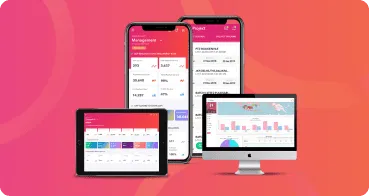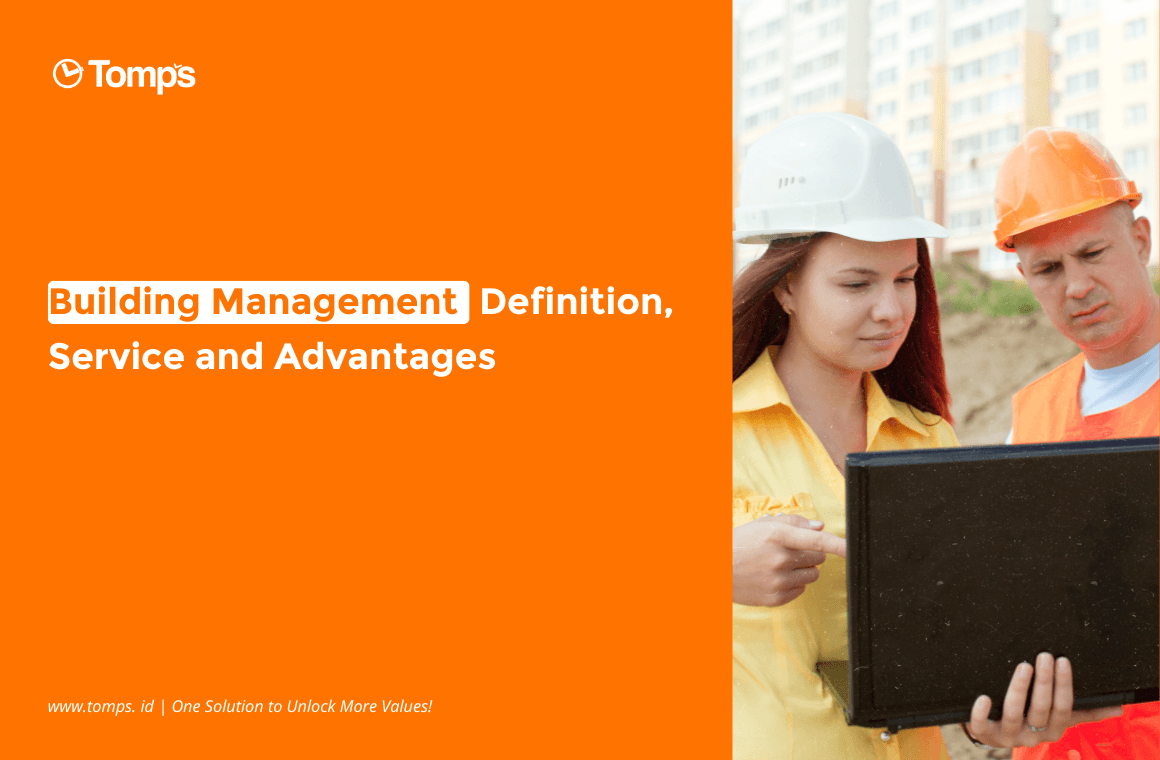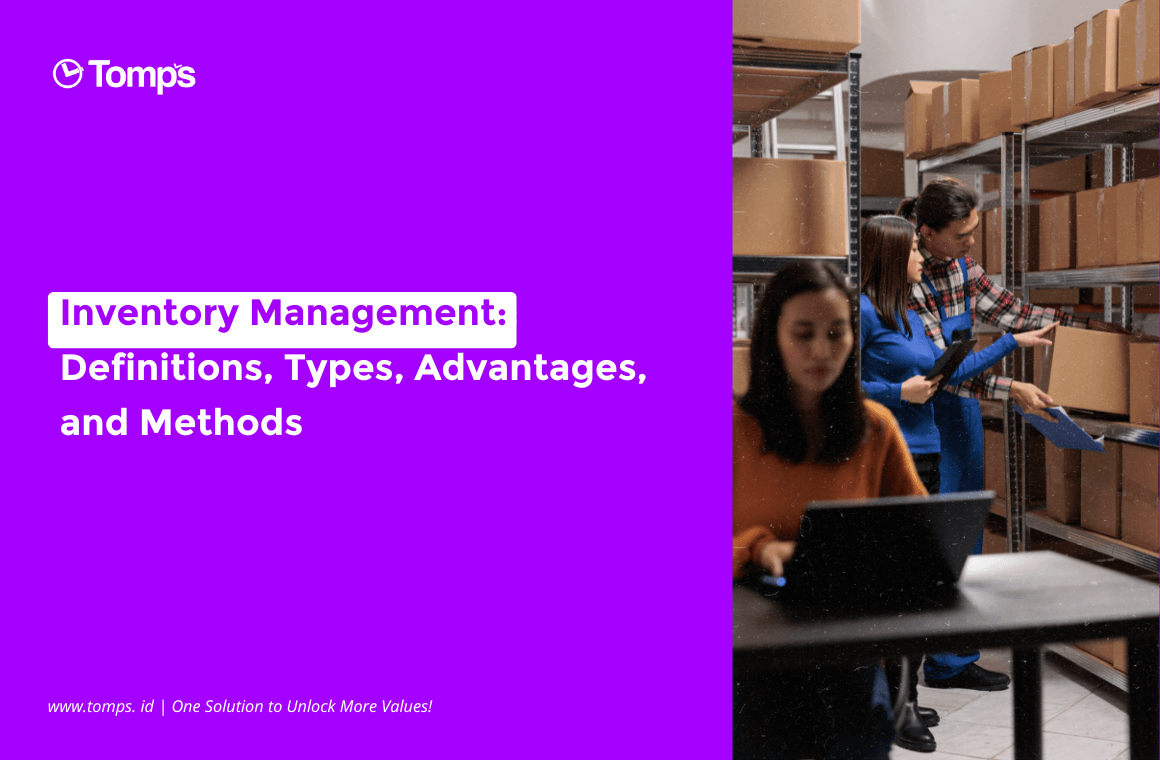The deliverables feature is an important component of increasing client trust in project management. Displaying a finished product or results that are already to be handed over to stakeholders or clients is an important stage in completing a project. A project must go through several stages in order to be completed. The deliverables feature can assist the team in staying focused on project tasks and completing them on time.
What are Deliverables?
According to Wideman Glossary, deliverables are “the real results produced by the project. These results can be in the form of documents, plans, computer systems, buildings, and others. Internal deliverables also result in the consequences of project execution and are usually only required by the team. External deliverables are results created for clients and stakeholders.” So it can be concluded, deliverables can be defined as measurable and specific project outcomes. The form of deliverables can vary depending on the type of project and the project’s final products, documents, software, and services.
Function of Deliverables feature
Deliverables help to clarify which activities are required to keep the project on track, on time, and within budget and predetermined targets. This feature also helps the team coordinate when working on existing tasks.
Types of Deliverables
1 Internal deliverables
These are the deliverables used by the project team to monitor and manage project progress. Examples are project schedules, budget plans, and status reports. Internal deliverables are documents that are the objectives of the project but are not given to the client.
2 External deliverables
These deliverables are provided to external stakeholders, such as clients or customers. The final product or service produced by the project is an example of an external deliverable. The results of external deliverables are usually the highest priority for a company because this is what produces profits for the company.
3 Strategic deliverables
Strategic deliverables can be internal or external, which are results or products produced as part of a business strategy or strategic plan. Strategic deliverables can be various types of documents, products, or actions that support the achievement of the company's strategic goals.
The Role of Deliverables in Project
1 Monitor Progress
Deliverables help measure how far a project has progressed. This feature also helps to track whether the project is progressing according to the specified deadline or experiencing obstacles.
2 Risk Management
Having good deliverables can help detect possible risks that may arise in the project. This makes it possible to plan steps to reduce the risks that will arise.
3 Transparency
Deliverables provide transparency for a project or business. This allows all stakeholders to see the progress that has been achieved and what needs to be done next.
4 Decision-making
Deliverables can be used as a basis for decision-making. Through deliverables, you can assess whether the project can be continued, change the project strategy, or stop the project.
5 Performance Evaluation
In the long term, deliverables can be used to help evaluate overall business performance. Deliverables can help to understand what has been achieved in terms of business growth, profitability, and sustainability.
Stages in Developing Deliverables
Developing deliverables for a project is an important process to ensure that the final results meet the specified objectives. The stages in developing deliverables can vary, but generally involve the following steps:
1. Understand the project objectives
2. Project planning
3. Requirements gathering
4. Create deliverable designs
5. Development
6. Testing
Challenges in managing deliverables
1 Changes in Project Scope
Changes in the project's external environment, such as regulatory or policy changes and market changes, can impact the development of deliverables.
2 Quality
Ensuring that deliverables meet predetermined quality standards is a challenge that often requires additional time and effort.
3 Stakeholder Involvement
If stakeholders are not actively involved in the project and do not provide enough feedback, it will affect the development of deliverables. If the expectations given by stakeholders change during the project, it can disrupt the development of deliverables.
The Importance of Deliverables in the Tomps Project
The deliverables feature has an important role in project planning, implementation, and management. This feature can help play a role in the process of measuring, controlling, and ensuring project success.
- Deliverables provide openness in a project so that all interested parties (stakeholders) can clearly understand the project.
- The deliverables feature can also help control the product or service being developed. Each product generally has its own quality standards, so this feature can help to ensure that the product meets the standards that have been set.
- Deliverables can help precisely measure the progress of a project by identifying specific parts of the work that must be completed. With this feature, it helps the team track project progress.
- Deliverables can be used as an important communication tool. For example, deliverables help teams communicate about what has been achieved, is being done, and what needs to be done next.
- When the project is complete, the deliverables feature can help measure the final evaluation. This feature can help assess whether the project has achieved its intended end goal.
Conclusion
Deliverables are results or products produced by a project and have a very important role in the project. Deliverables serve as a central focal point that allows teams and stakeholders to measure progress, understand what has been achieved, and ensure the project is progressing as expected. Deliverables not only act as the final product of the project but also as an important management tool to ensure the project runs according to plan and achieves the stated goals.
The Tomps Project application provides a deliverables feature that can help in project management. Through the deliverables feature in Tomps Project, you can optimise projects to achieve targeted results and ensure success in managing projects efficiently. Tomps Project features clearly defined deliverables, helping to assess project progress, maintain work quality, and identify possible risks and required risk reduction steps. Apart from that, this feature is a basis for communicating with all parties involved in the project, supports the decision-making process, and can be used to evaluate business performance in the long term. Tomps Project can help a business manage deliverables for a project. Knowing and understanding the benefits of the deliverables presented by the Tomps Project, the project team can increase their effectiveness in planning, running, and evaluating ongoing projects so that the final results can support the achievement of the desired business goals.
Reference
Co Amplifi. (2021, November 23). Why are Project Deliverables Important to Deadlines and Success? - coAmplifi. Coamplifi.com. https://coamplifi.com/why-are-project-deliverables-important-to-deadlines-and-success/
Corbin, M. (2022, February 20). How to Define Deliverables in Project Management (+ Examples). Official Teamly Blog - Official Teamly Blog - Your Project Management Resource. https://www.teamly.com/blog/project-deliverables/#a_definition_of_deliverables_in_project_management
Indeed. (2023). What are project deliverables? Indeed.com. https://www.indeed.com/perusahaan/c/info/what-are-project-deliverables
Kusumawardani, F. (2009). Analisis Project Cost Variance di Perusahaan. Lib.ui.ac.id; Universitas Indonesia Library. https://lib.ui.ac.id/file?file=digital/123026-T%2026143-Analisis%20project-Literatur.pdf
Saraev, N. (2022, July 30). Project Deliverables: Definition And Examples. Day.io. https://day.io/blog/project-deliverables-definition-and-examples/#:~:text=Internal%20deliverables%20are%20non%2Dclient,isn't%20for%20the%20client







